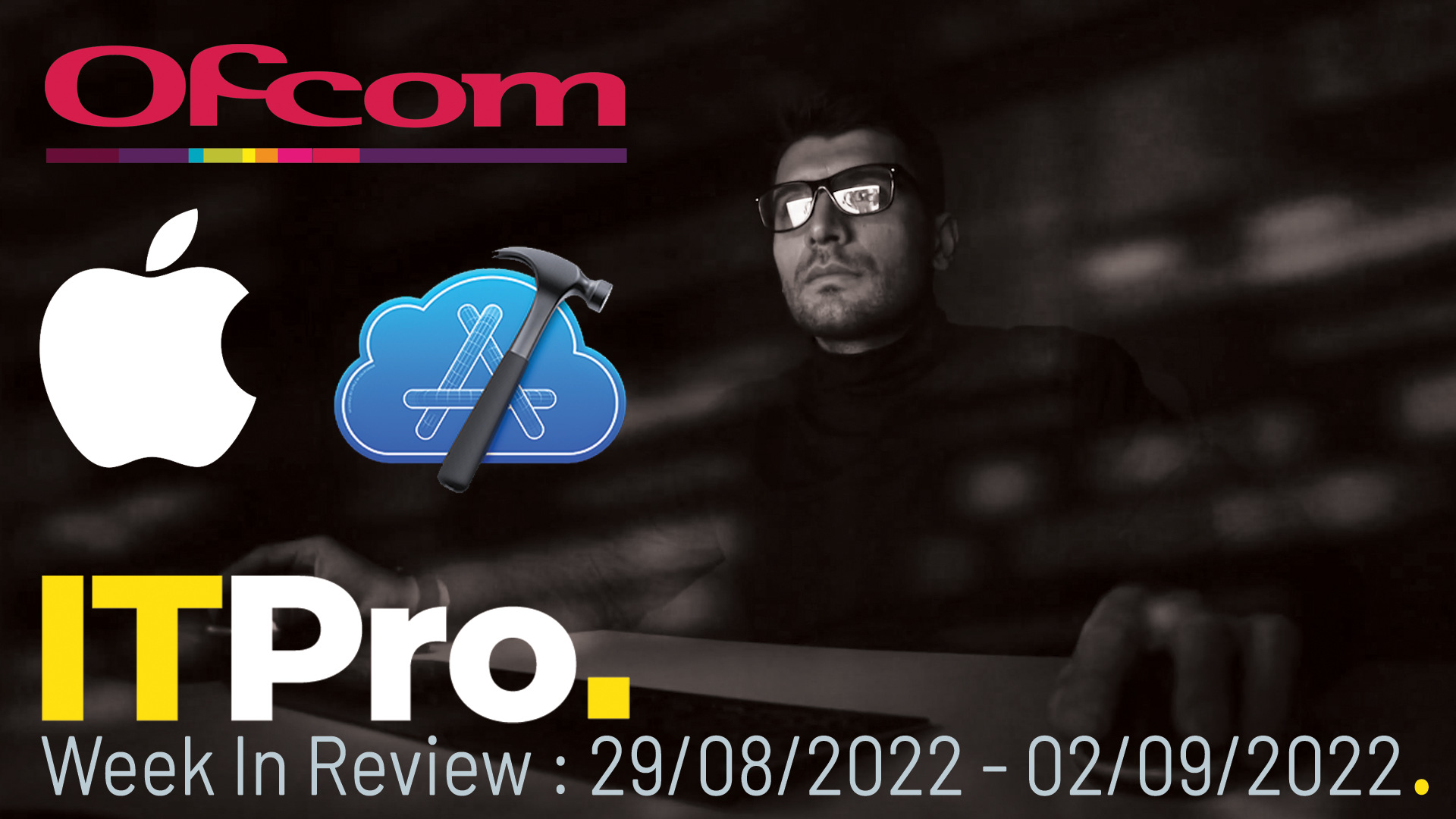Death of the CIO?
If the CIO does their job too well they might just kill-off their role...


The Doctor's Surgery: Dr Mark Samuels, editor at advisory organisation CIO Connect, examines the future role of the IT leader in this new monthly column.
Have you ever read an article suggesting the CEO or CFO position is under threat? It would be anathema to think a big business could run without a chief executive or a head of finance.
Not so the CIO, apparently. IT leaders are simply responsible for the plumbing that allows the business to do more important things, like sell stuff and make money. And their role is dying.
Parallels are often drawn to the early twentieth century, when firms employed a chief electricity officer to deal with the demands for power. The role disappeared as electricity became a utility and a standardised element of business operations.
The same, so the argument goes, is happening in IT. Technology, through the advent of cloud and consumer IT, is becoming a utility. Companies of the future won't need a CIO because technology will come in standardised form like technology.
Yeah, good luck with that one. Technology standardisation, as a platform for utility-like purchasing, remains a distant dream. Research from consultant Booz & Company suggests there are 160 standards covering different aspects of the cloud currently being deployed or considered.
When was the last time you wanted to plug something in and found 160 different sockets? The answer, of course, is never because a whole series of activities took place to consolidate power arrangements.
Get the ITPro daily newsletter
Sign up today and you will receive a free copy of our Future Focus 2025 report - the leading guidance on AI, cybersecurity and other IT challenges as per 700+ senior executives
The vested interests of vendors, and the legacy systems of businesses, mean IT still relies on endless sockets. It's not just about the cloud, either. Consider the broad range of social tools, the unabated rise of big data and the demands of a tech-savvy consumer, and you can begin to see technology is more like an encumbrance than a utility.
Only one person, the CIO, can help turn IT from a hindrance to a useful business benefit. Make that happen and the CIO might well make their position redundant. But by demonstrating such capabilities, the CIO will be seen as a crucial part of the boardroom and a true business executive.
The CIO role might die eventually. But we're a long way from writing the obituary. And on the way to the graveyard, the IT leader has an opportunity like never before to demonstrate the crucial role of technology to the business. Long live the CIO.

Mark Samuels is a freelance writer specializing in business and technology. For the past two decades, he has produced extensive work on subjects such as the adoption of technology by C-suite executives.
At ITPro, Mark has provided long-form content on C-suite strategy, particularly relating to chief information officers (CIOs), as well as digital transformation case studies, and explainers on cloud computing architecture.
Mark has written for publications including Computing, The Guardian, ZDNet, TechRepublic, Times Higher Education, and CIONET.
Before his career in journalism, Mark achieved a BA in geography and MSc in World Space Economy at the University of Birmingham, as well as a PhD in economic geography at the University of Sheffield.
-
 Should AI PCs be part of your next hardware refresh?
Should AI PCs be part of your next hardware refresh?AI PCs are fast becoming a business staple and a surefire way to future-proof your business
By Bobby Hellard Published
-
 Westcon-Comstor and Vectra AI launch brace of new channel initiatives
Westcon-Comstor and Vectra AI launch brace of new channel initiativesNews Westcon-Comstor and Vectra AI have announced the launch of two new channel growth initiatives focused on the managed security service provider (MSSP) space and AWS Marketplace.
By Daniel Todd Published
-
 Protecting CIOs' IT budgets is "paramount" in maintaining business growth
Protecting CIOs' IT budgets is "paramount" in maintaining business growthNews If CIOs are forced to make emergency budget cuts, they should also explain the risks to high level stakeholders so the responsibility is shared
By Zach Marzouk Published
-
 The IT Pro Podcast: Accelerating digital transformation
The IT Pro Podcast: Accelerating digital transformationIT Pro Podcast Implementation is just as important as the value of change
By IT Pro Published
-
 Podcast transcript: Accelerating digital transformation
Podcast transcript: Accelerating digital transformationIT Pro Podcast Read the full transcript for this episode of the IT Pro Podcast
By IT Pro Published
-
 Fit-for-purpose IT infrastructure for digitally determined organisations
Fit-for-purpose IT infrastructure for digitally determined organisationsWhitepaper Your innovation engine: Guiding organisations through change in the new digital economy
By ITPro Published
-
 IT Pro News in Review: CIOs face a challenge, Ofcom's telecom fines, Apple expands Xcode
IT Pro News in Review: CIOs face a challenge, Ofcom's telecom fines, Apple expands XcodeVideo Catch up on the biggest headlines of the week in just two minutes
By IT Pro Published
-
 CIO role has 'drastically changed' over last 24 months, says Lenovo
CIO role has 'drastically changed' over last 24 months, says LenovoNews Globally survey suggests chief information officers have greater influence over their company now the role has expanded beyond technology
By Bobby Hellard Published
-
 How can CIOs help to close the tech skills gap?
How can CIOs help to close the tech skills gap?In-depth The most well-equipped IT leaders can take a number of practical steps to close the divide within their organisations
By Rene Millman Published
-
 What is a virtual CIO (vCIO) and does your business need one?
What is a virtual CIO (vCIO) and does your business need one?In-depth With tech skills in short supply, organisations are turning to temporary expertise to see through critical digital transformation projects
By Mark Samuels Published